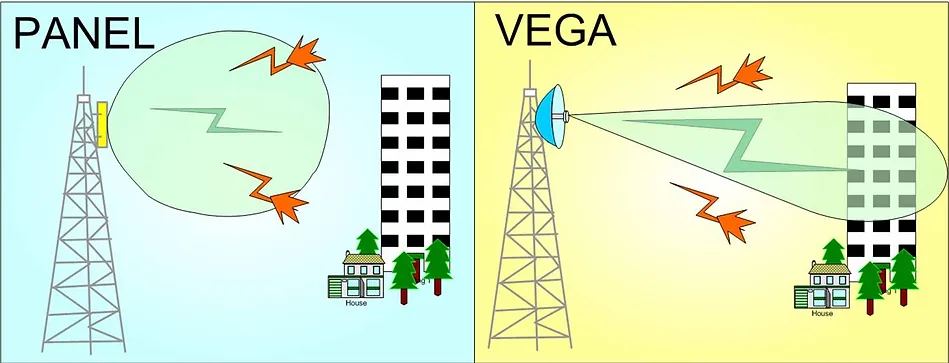Addressing Cellular Coverage Issues in Rural Areas
In addressing cellular coverage issues in unserved and underserved rural areas, often referred to as ‘black spots,’ we find that unstable cellular service and dropped calls persist. Furthermore, the range of high data rate services is diminishing as newer generation data rates increase.
Persistent QOS Challenges at Cell Edges
Despite the considerable advancements in 4G/5G capacity, data rates, and coverage, quality of service (QOS) issues at cell edges remain a prominent concern for RAN planners and optimizers.
Distant and Unprofitable Low Erlang Targets
These challenges are particularly prevalent in distant, difficult, or economically unattractive low Erlang targets, where the cost of addressing the issues often outweighs the projected income.
Obstacles to Implementing Common Solutions
Common, off-the-shelf solutions to improve coverage often face significant obstacles, primarily related to the financial aspect. The capital expenditure (CAPEX) and ongoing operating expenses (OPEX) required to resolve these issues can deter immediate action.
Additional Limitations and Delays
Furthermore, various limitations such as zoning regulations, environmental concerns, security considerations, or community resistance (NIMBY – Not In My Backyard) can further delay the resolution of cell edge or distant target issues.
Overlooked Solution: Very High Gain, Narrow Beam Antennas
An often-overlooked solution to these challenges lies in the use of very high gain, narrow beam antennas. These antennas can be added to existing cellular towers and precisely aimed at the target areas in question. This approach can be applied either as an optimization tool or during the initial planning stages of greenfield deployments.

This easily implemented, cost-effective solution may sometimes be overshadowed by more conventional approaches, such as adding more towers, small cells, or repeaters. However, these common solutions not only consume more time but also involve higher CAPEX and OPEX.
Fortunately, there is a proven alternative. Since 2004, thousands of coverage issues in over 65 countries have been efficiently and economically resolved. This has been achieved by either transitioning from common panel antennas to VEGA very high gain, narrow beam antennas or by adding sectors to existing towers equipped with VEGA high gain, narrow beam antennas.
VEGA High Gain Antennas: A Range of Solutions
VEGA offers a diverse range of very high gain, narrow beam antennas for cellular radio access networks, covering all cellular frequencies. Additionally, VEGA now introduces dual and triple beam models to further enhance the selection.
The VEGA models now come with a new and improved all-aluminum reflector dish and mounting structure, ensuring enhanced performance.
Visit www.comarcom.com to explore real-life coverage challenges resolved by implementing VEGA high gain narrow beam BTS antennas. Learn how RAN planners and optimizers in over 65 countries are effectively utilizing these unique products to enhance cellular network coverage.



